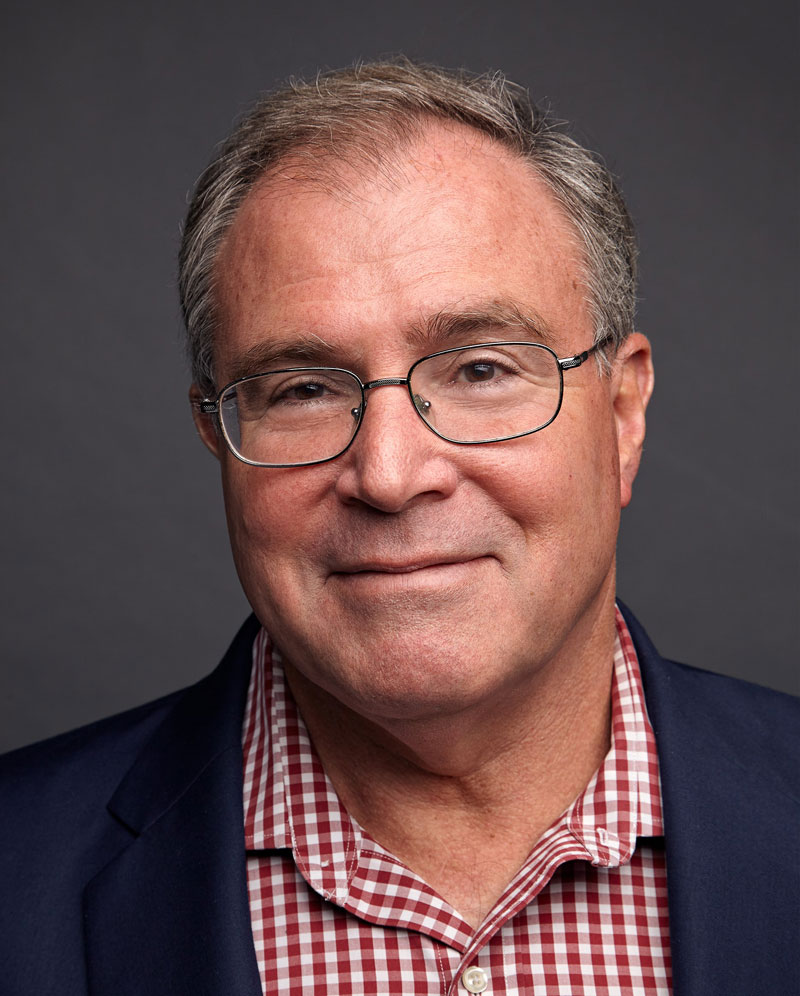
Ahead of World No Tobacco Day (WNTD) on May 31, The Foundation for a Smoke-Free World (FSFW) is urging smokers to quit or switch to harm-reduction production
The fact that more than 1 billion people still smoke and 8 million annual deaths are attributed to tobacco use proves that health policies and actions have been inadequate, according to the FSFW.
“The challenges that smokers face when trying to quit have been largely ignored,” the foundation wrote in a press note. “The calls by the World Health Organization (WHO) for smokers to quit using fairly ineffective interventions suggest we need new approaches. Technology innovation, in the form of harm reduction, offers a new way forward for smokers that complements classic cessation efforts.”
“Since my involvement in the first WNTD in 1988, we have focused narrowly on cessation often without engaging smokers in developing ways they feel work best. Too many efforts have failed because they have not addressed the fact that while many smokers want to quit, they are not being presented with options that appeal to them,” said Derek Yach, President of FSFW.
“There is growing evidence that a range of harm-reduction products, including e-cigarettes (vapes), snus, nicotine pouches, and heated tobacco products, can help smokers quit or at least substantially reduce their harmful exposure to combustible cigarettes. The WHO, supported by heavily funded Bloomberg Philanthropies grantees, continues to blindly ignore scientific evidence, vilifying these products instead of promoting their use to save lives.”
The FSFW cites a study published this week in The Lancet, in which the authors say the current level of tobacco control policy implementation is insufficient in many countries around the world and that evidence-based policies are needed to reduce smoking. According to the foundation, the study ignores the role for tobacco harm-reduction (THR) products as part of tobacco control policy.
“This study was funded by Bloomberg Philanthropies, which does not support the use of THR products as cessation aides,” said Yach. “This is likely one reason why they were not included in the report. Denying the value and benefits of THR products is irresponsible and blatantly discounts the research showing they can help smokers quit.”

There is growing evidence that a range of harm-reduction products, including e-cigarettes (vapes), snus, nicotine pouches, and heated tobacco products, can help smokers quit or at least substantially reduce their harmful exposure to combustible cigarettes.
Derek Yach, president, FSFW
By contrast, The U.K. Royal College of Physicians (RCP) believes THR products should play a prominent role in tobacco control. In a recently released report, “Smoking and health 2021: A coming age for tobacco control?” the RCP estimates that if the harm-reduction policies it advocated for in 1962 were adopted, smoking would have ended in the United Kingdom by now. The new report calls for doctors to play a more active role in helping their patients who smoke. “We argue that responsibility for treating smokers lies with the clinician who sees them, and that our NHS [the U.K. National Health Service] should be delivering default, opt-out, systematic interventions for all smokers at the point of service contact,” the report’s authors write. The RCP also recommends that the U.K. government invest in media campaigns to urge smokers to switch from tobacco to e-cigarettes, which are less harmful. Governments and doctors worldwide should heed their advice.
A new report by BOTEC Analysis, a public policy research and consulting firm, finds that the availability of regulated alternative nicotine delivery systems (ANDS) like e-cigarettes and heated tobacco products (HTPs), combined with traditional tobacco control efforts such as tobacco taxes, smoke-free laws and cessation services, have helped to lower smoking rates in several countries. Titled, “Investigating the drivers of smoking cessation: A role of alternative nicotine delivery systems?” the report examines the policies in five countries that have long been considered international leaders in tobacco control: The United Kingdom, Canada, Australia, South Korea, and Japan.
According to the FSFW, BOTEC’s key findings presented interesting results per country, including:
- United Kingdom: A leader in tobacco control, the country has proactively helped smokers switch to e-cigarettes, which have been shown to be 95 percent safer. While the country has some of the highest tobacco prices in the world, the government has chosen not to tax e-cigarettes as tobacco products, making them less costly. Access to regulated e-cigarettes appears to also support smoking cessation services.
- Canada: Following the introduction of e-cigarettes in 2018, there has been a significant decline in conventional tobacco sales. As stringent regulations and higher prices apply more to traditional cigarettes than e-cigarettes, smoking rates and tobacco purchases have collapsed, especially among young Canadians. Still, the country may be poised to reverse these successes with proposed regulations that would implement a new tax on e-cigarettes and cap the nicotine content of e-liquids.
- Australia: The country succeeded in driving cessation with a combination of health warnings, tax increases, and effective publicity campaigns. The government has implemented de-facto bans on harm-reduction products, but many Australians continue to use smuggled and unregulated e-cigarettes, reporting a desire to quit or reduce smoking as a primary motivation.
- South Korea: The country has more than 250 public health centers that provide comprehensive clinical services, including counseling, prescription medication, nicotine replacement therapy, and text/email follow-ups. Over six months, more than 800,000 adult male smokers used these clinics with an estimated 46.8 percent quit rate. Despite the South Korean government’s disapproving stance toward ANDS, both e-cigarettes and HTPs appear to be aiding cessation.
- Japan: Although Japan has imposed an excise tax on cigarettes and banned e-cigarettes containing nicotine, HTPs are widely available and increasingly popular. Moreover, the uptake of HTPs appears to be causally associated with a reduction in demand for combustible cigarettes. However, a lack of regulatory distinction between HTPs and combustible cigarettes appears to limit the numbers of smokers who shift to exclusive HTP use, so their effect on cessation may be muted, thus reducing HTP’s potential to aid smoking cessation.
BOTEC Analysis is one of several Foundation for a Smoke-Free World Foundation grantees who are spearheading research to uncover new solutions to combat this global health epidemic. The FSFW collaborates with other nonprofit, advocacy, and government organizations to advance smoking cessation and harm-reduction science. The FSFW also supports the development of alternative products and methods that may reduce a smoker’s health risks and help them to stop smoking entirely.
“In light of the billion smokers that remain, one may assume that the world has made little progress since the first WNTD three decades ago,” the FSFW concluded in its press note. “Yet, from a scientific and technological perspective, we have seen profound change. As a result of transformational research and development, we now have harm-reduction products that could end death and disease from tobacco. Still, innovation translates into saved lives only when smokers have access to the full range of cessation and harm-reduction options. Thus, in the same way that the Foundation calls on smokers to quit, it also calls on policymakers and physicians to embrace the tools that will help them do so.”

